Fortunately, someone in the community had the courage to report her plight and centre staff, accompanied by police, rescued her. In many cases, local truck drivers, NGOs, police and other citizens report children that are suspected of being trafficked to the Salvation Army staff. Sometimes children make their own way to the centre hoping to find safety.
Two men were subsequently put on trial for abusing Keisha. The brave girl identified the men during the trial, and each of them received a 12-year sentence.
Keisha is now a happy eight-year-old who dreams of becoming a doctor, but who knows what her life would have become had she not been brought to the CTC.
 CTC schoolchildren pose for the camera
CTC schoolchildren pose for the camera
Oasis of Hope
The CTC offers a safe haven for children between the ages of seven and 18. There, they receive three healthy meals a day, schooling, counselling and teaching on how to earn a living. The staff work to reunite the children with family members where appropriate, or place them in an orphanage. While most children remain just a few months, others will stay longer (as in the case of Keisha) until arrangements can be made.
The centre works to support itself. It boasts a garden, raises and sells rabbits and chickens, and has a bikerepair shop and a carpentry program for the local community. The Salvation Army's Canada and Bermuda Territory also provides funding for the centre.
Beginning of the End?
“I've helped compile a visual record of the many activities The Salvation Army does every day all over the world,” says photographer Heidi Ram. “I'd been vaguely aware of the human-trafficking issue but it really hit home on this trip to Malawi. What floored me was that men, women and especially children are essentially given a life sentence without parole. It's the 21st century, and slavery still exists? Have we not gone beyond that? How sad, how brutal.
“Just looking at the faces of the children I photographed, listening to their stories—what they went through to make it to the safety of this Salvation Army centre—was a revelation,” Heidi continues. “I'll never comprehend their reality and horror, but I do know that we all need to play a role in putting an end to this godless practice. I pray that these photos will put a face on human trafficking.”
Major Gillian Brown is the director of The Salvation Army's World Missions department for Canada and Bermuda.
Sobering Statistics
- Human trafficking is the second largest source of illegal income worldwide, exceeded only by drug trafficking.
- 1.2 million children are trafficked every year.
- 600,000-800,000 men, women and children are trafficked across international borders each year. Approximately 80 percent are women and girls.
- Worldwide, almost 20 percent of all trafficking victims are children. However, in some parts of Africa and the Mekong region, children are the majority.
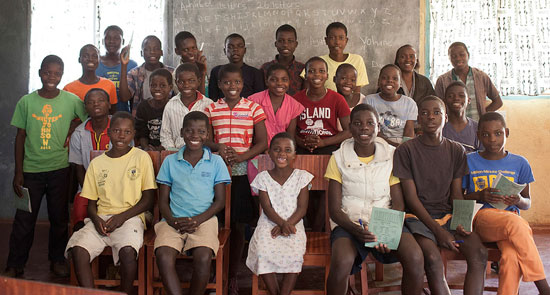 School Days: Keisha (centre) flanked by some of her classmates at The Salvation Army's Child Trafficking Centre (CTC) in Mchinji, Malawi
School Days: Keisha (centre) flanked by some of her classmates at The Salvation Army's Child Trafficking Centre (CTC) in Mchinji, Malawi

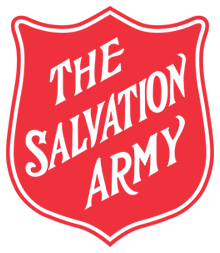
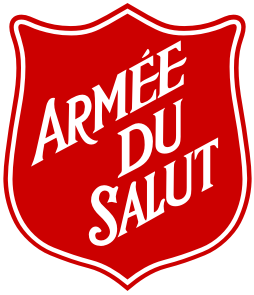

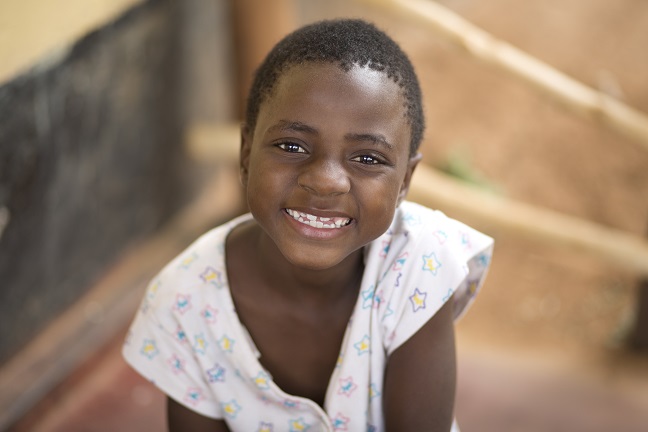

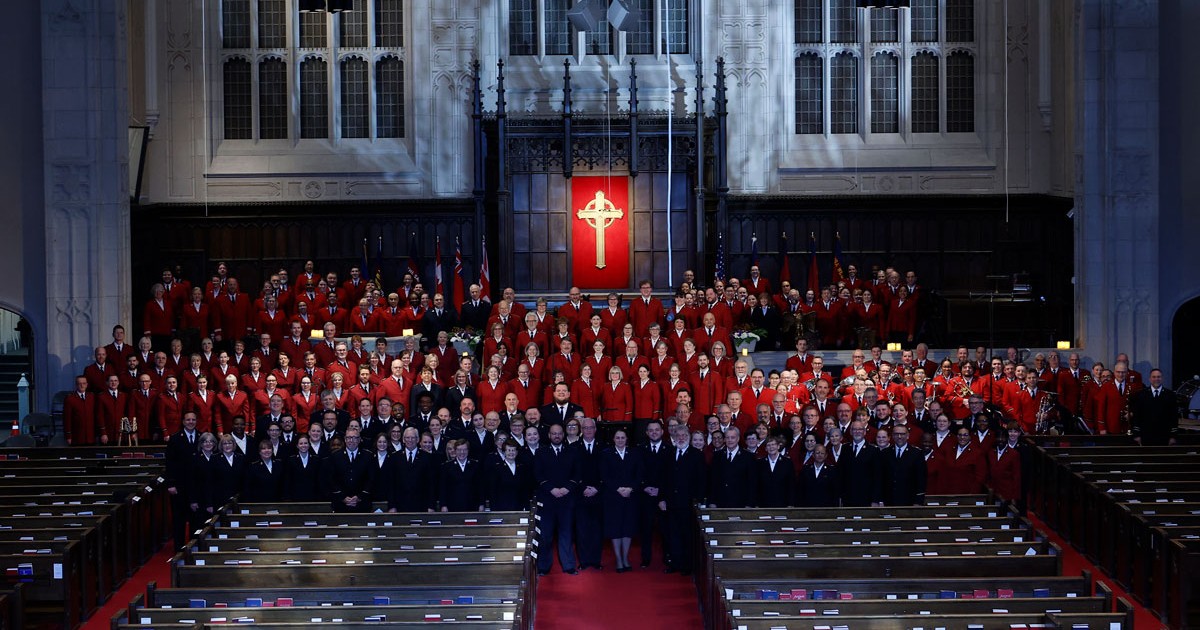
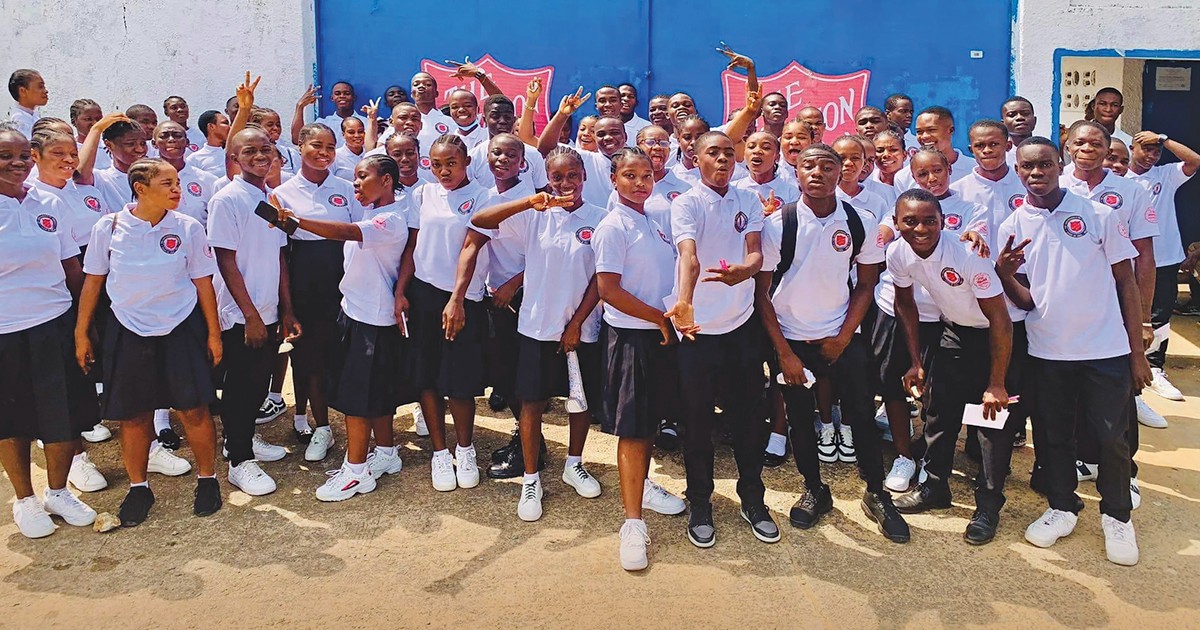


Leave a Comment